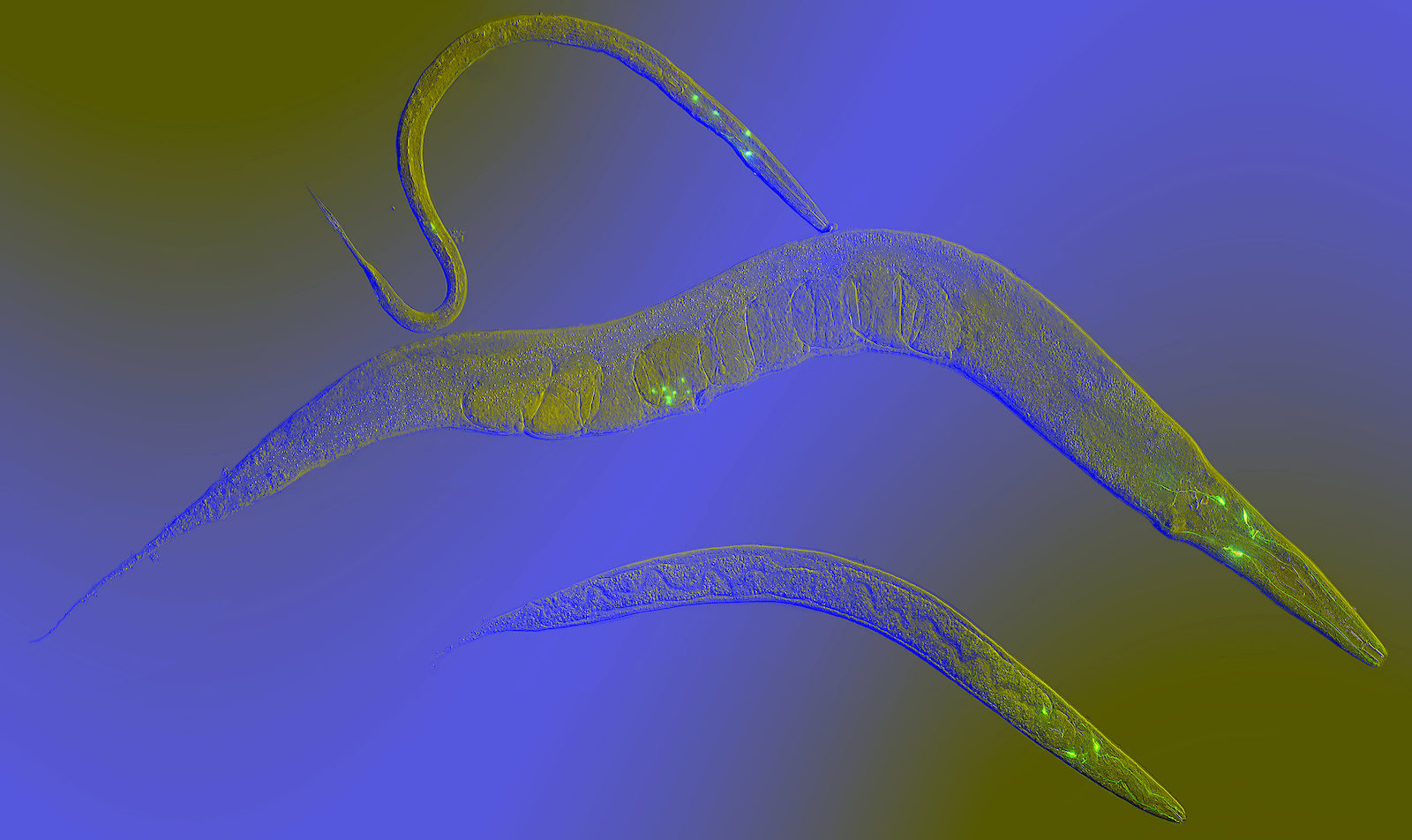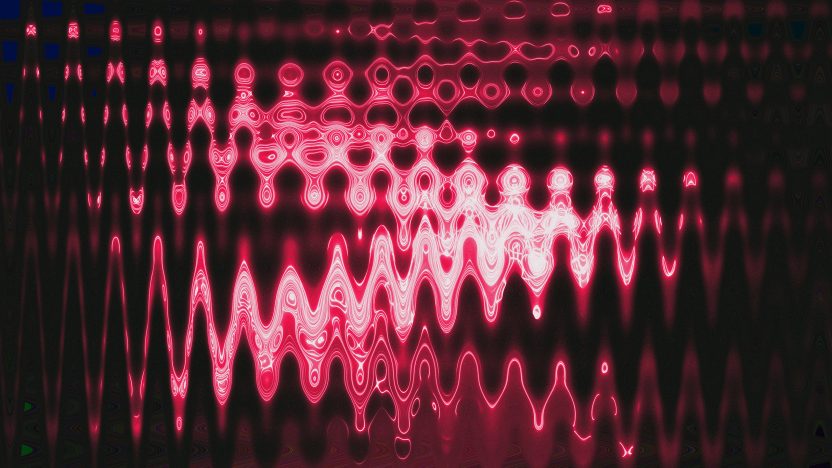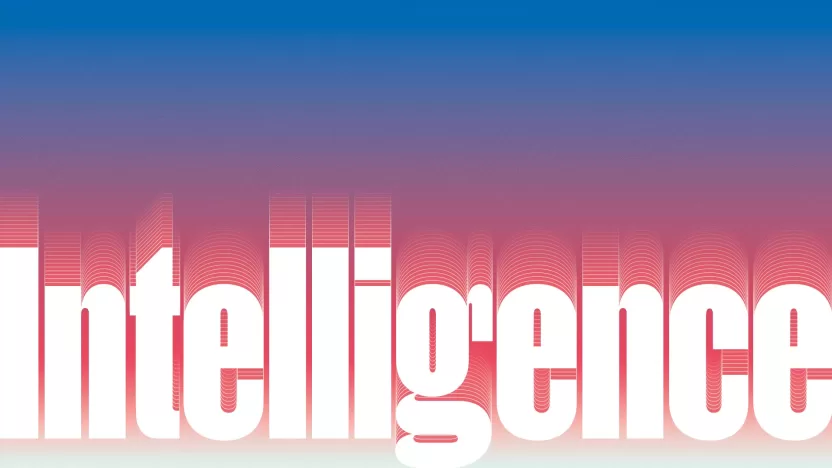Digital evolution
Artificial life seeks to simulate lifelike processes within computers, with the aim of discovering elemental characteristics of life itself.
by Vittorio Di Tomaso

<span style="font-weight: 400;">In his 1994 book, The Astonishing Hypothesis, Francis Crick posits that “a person’s mental activities are entirely due to the behavior of nerve cells, glial cells, and the atoms, ions, and molecules that make them up and influence them.” This hypothesis, according to Crick, is the basis for the scientific study of the complex behaviors that emerge from brain activity: given this theory we can try to understand intelligence, consciousness, even free will, using the methods and tools of science.
From this point of view, the scientific problem becomes: how do these cells in the brain actually work? The human brain is very complex and is the result of a few hundred million years of evolution: from the first mammals, which appeared around 250 million years ago, to the appearance of homo habilis about 2.5 million years ago. Unfortunately, the evolutionary clock cannot be turned back to see which features appeared at which stage and how they became what they are—nor are there any alien ecosystems available for comparison. So one can ask if technology can help: Can we use our increasingly powerful computational tools to simulate the evolution of life and gain some deeper understanding of how the brain has evolved to become what it is now?
Artificial life became a recognized discipline in the 1980s, after it was originally introduced by computational theory pioneers like Alan Turing and John Von Neumann in the 1940s and 1950s. As a multidisciplinary field, artificial life seeks to simulate lifelike processes within computers, for example, by creating highly simplified artificial ‘aliens’ and comparing their development and behavior to real biology, with the goal of discovering something of life’s essential character—including the emergence of complex (and even intelligent) behaviors.
One of the most fascinating projects of artificial life is OpenWorm, which is coordinated by Stephen Larson and is open to the collaboration of hundreds of scientists around the world. The goal of OpenWorm is to create the world’s first digital organism which uses the principles of life to achieve existence on a computer. As their test case, the team chose the Caenorhabditis elegans worm, a one-millimeter-long roundworm whose entire body consists of 959 cells, of which 302 are neurons which form approximately 10,000 nerve connections (by contrast, the human brain contains around 86 billion neurons and 100 trillion synapses). The C. elegans is the world’s most understood multicellular organism and was also the first multicellular organism to have its genome sequenced in 1998, giving biologists a full understanding of how it develops from embryo to adulthood. The tiny worm is also the only organism for which a connectode—a 3D map that shows how each nerve cell is connected—has been made.
OpenWorm is another example of the state of the art of many advanced projects in artificial intelligence: The results are interesting, including the ability of using the worm simulation to drive the behavior of a simple LEGO robot, as shown in a 2017 breakthrough, but the simulation, even of such a simple organism, is still far from being completely realistic. As in many other fields and subfields of artificial intelligence, progress is fast, but the goal of deeply understanding complex behaviors—even of very simple organisms like C. elegans—is still in the future.



 in Italy
in Italy